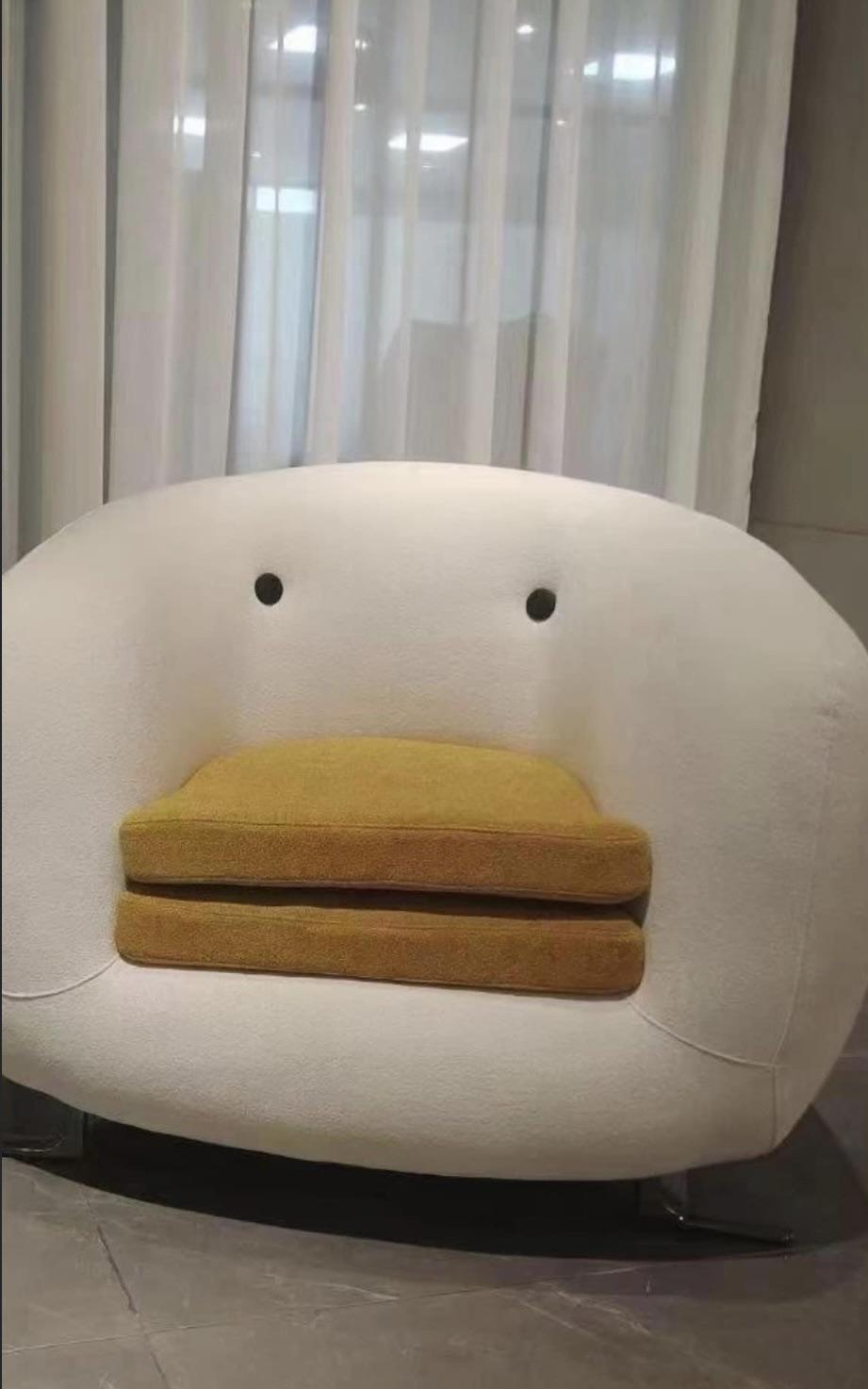
Done.
is it loss
how serious of an answear do you want?
THE NUMBERS, MASON
Hmm, quite puzzling.
I was always lazy or too feeble minded to learn sudoku. But I recently finally learned minesweeper!
inherently meaningless. intended only to deceive.
They are an indication that you can’t do crossword puzzles.
That the NSA has found you and the only way to escape their goons is to kill the head vampire
Removed by mod
Is this loss?
This is some weird form of minesweeper you are playing
It’s a math based puzzle commonly known as Sudoku, the rules are that each 3x3 square can only have numbers 1-9 with no repeats, same with each 9x1 row or column. A set of numbers are placed as a starter pattern (you can solve from blank but it’s significantly more challenging) and you need to fill in the remaining numbers.
It’s a logic puzzle, no math is involved. It used numbers but those could be replaced with the letters ‘A’ through ‘I’ and function the same. Otherwise correct.
I started typing an angry comment about how math is logic and therefore sudoku is a math puzzle, but when I got to the second paragraph about graph theory I realized I was already losing the argument I was having with no one
Math is more than just numbers and arithmetic. There’s even a Wikipedia page dedicated to the Mathematics of Sudoku.
Mathematics can be used to study Sudoku puzzles to answer questions such as “How many filled Sudoku grids are there?”, “What is the minimal number of clues in a valid puzzle?” and “In what ways can Sudoku grids be symmetric?” through the use of combinatorics and group theory.
That’s completely different from a Sudoku puzzle itself or the process of solving one.
Sure, it’s math in the way that everything can be described using math, but you wouldn’t explain ‘purple’ as “the math of calculating what volume of blue to add to a given volume of red in order to reach the desired hue.”
They go down with time. When they are 0, you can leave the train
Me when the the when the number goes up my arm because I killed too many denizens
Number is a simple abstraction: an exercise in conceptualizing a particular part of human experience, - the amounting of stuff and the relations of various amounts.
Its utility shines the most in the practice of measurement: determining, manipulating and comparing the amounts of stuff.
Numbers also useful as a stepping stone in a learning journey, allowing an individual mathematician to transition to using other, more powerful abstractions (like variables, polynomials, sets, functions, vectors, fields, etc.).
Numbers are magick!








